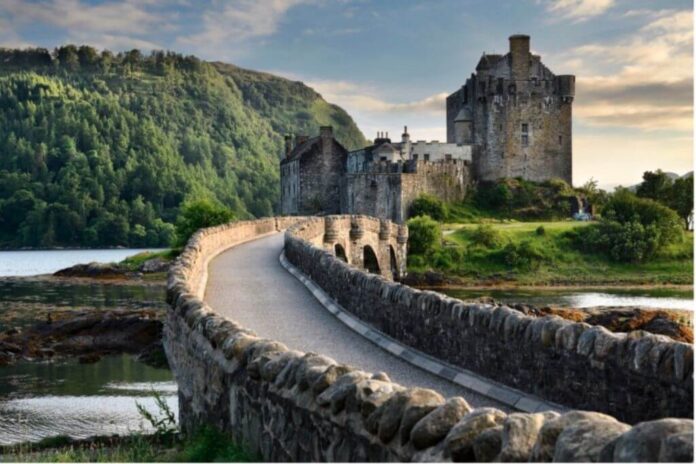
They are well-behaved, but they also like to have attention and will tend to follow you when you’re there. Such a personality makes them a great addition to those who already have other farm animals on their property. This breed of cattle tends to be very friendly with people making them among the best farm animals to raise. This breed of cattle also has a great personality, especially in terms of friendliness and docility. This feature, though, is mainly for protecting their eyes from cancer and other illnesses such as IBK (infectious bovine kerato-conjunctivitis or pinkeye). These animals also have longer eyelashes and forelocks, giving them an endearing quality when you see them up close. However, the most common ones are those with a darker reddish-brown color.

You can find some with yellow, silver, white, black, or reddish-brown fur. Due to crossbreeding, we now see many different fur colors among Scottish High bulls and cows. Older versions of this breed were found with black fur or have a reddish tint to their skin. This is why they are sometimes also called The Hairy Cow. This often looks like it is styled to grow over their eyes. Some of their most outstanding features include: Head Hairīoth the bulls and cows are known for having hair at the top of their head. As one of the oldest cattle breeds recorded, they have had a long history of crossbreeding and changes throughout their lifespan. With their long hair, many people find Highland Scottish cattle appearance to be adorable. Meaning if cross breeding continues, we might see an even more diverse population of cattle in the future. It will bring the benefits of the Scottish Highlander cattle’s evolution and allow others to share the same benefits as they crossbreed.Īnother is diversity. This can make other cattle breeds stronger over time and allow their females to give birth easier. This is passed to whatever breed they are crossbred with, which makes them more resistant to diseases. They have evolved to deal with tougher conditions and to fight off sickness.

The genetic makeup of the Scottish Highland breed is tough and has become even stronger over time. One of these is that other breeds now have the genetic makeup of this breed of cattle. Our efforts, in partnership with a local farmer, are also increasing the number and visibility of birds, invertebrates and other animals, as well as improving conditions for recreational walkers and reducing the risk of wildfire.There have been some benefits that have come from crossbreeding with this strong breed of cattle. More than 100 cattle are reducing the dominance of purple moor grass and bracken, and improving conditions for other plant communities. Galloway and Southern Ayrshire Biosphere Reserve case study Not only are cattle (and, in places, sheep) creating areas of short grass – perfect for males to display in the breeding season – they are also encouraging a wider variety of vegetation for the grouse and their chicks to feed on. The cattle graze the hillside and trample the bracken, encouraging the food plants that butterflies and their larvae like to eat.Ĭareful management of grazing is also benefiting black grouse. Highland cattle are helping to improve habitats for butterflies, including the rare chequered skipper and pearl-bordered fritillary. Sheep nibble and select specific plants, and are better for reducing the vegetation around vulnerable archaeological sites. What type of animals are best?Ĭattle tear mouthfuls of vegetation – great when we want to reduce heavy cover. And by using native and rare breeds, we’re helping to protect domestic animals, not just wild ones. Grazing animals provide work for stockmen, contractors and agricultural industries.

Income from the cattle market eventually contributes to the cost of their upkeep. While they’re doing their bit for biodiversity, cattle are also growing in size and value. There are financial and social benefits too This means that more aggressive plants cannot invade and displace the rare plants which thrive in low nutrient conditions.


 0 kommentar(er)
0 kommentar(er)
